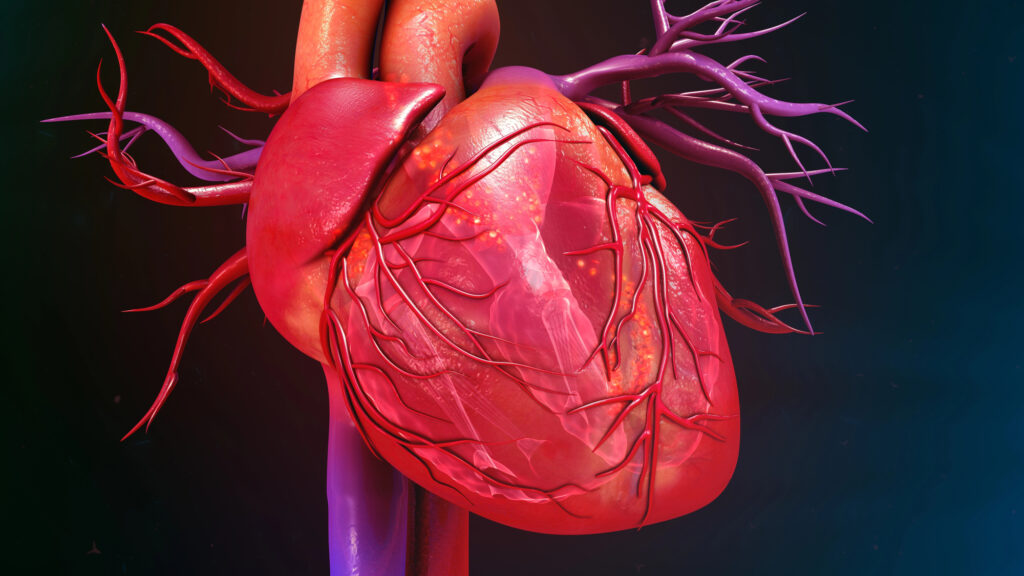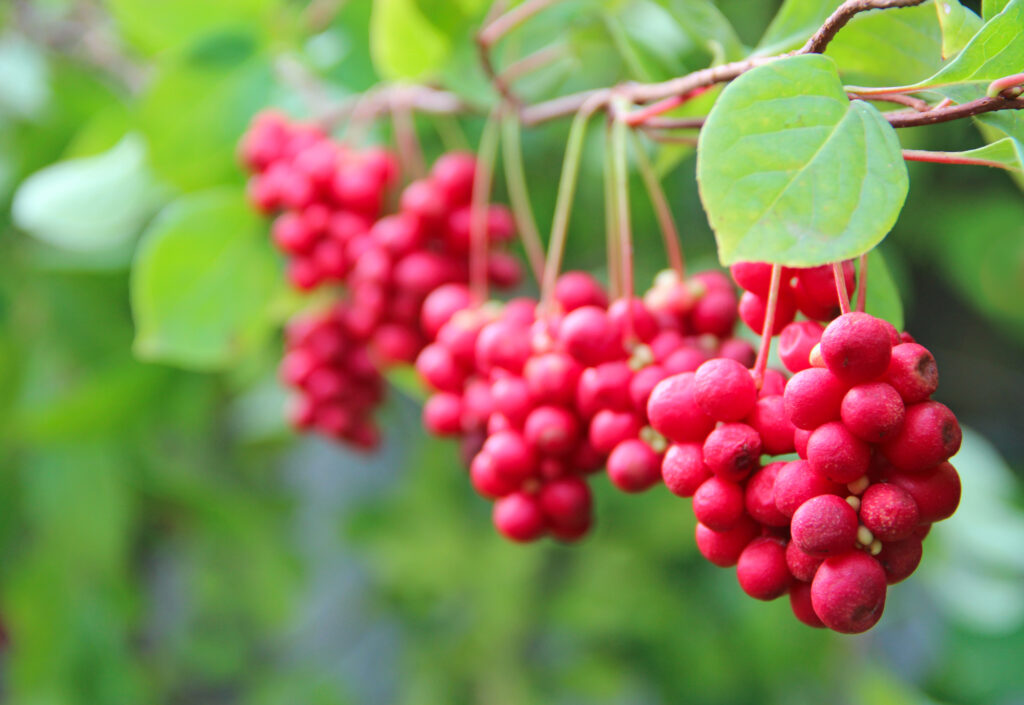We are led to believe by Dr Smith-Sprangler et al that the use of pesticides, artificial fertilizers, antibiotics, hormones, and other synthetic chemicals in the food we eat do not cause any harm and foods grown using these are as safe for human consumption as organic foods.
The food industry does all that it can to change its foods with preservatives, additives, dyes, flavorings, colorings, and texturizing with chemicals so they look as desirable for purchase and consumption as possible. The government has banned a number of food additives, mainly because of the implication of cancer-causing effects, though it has done so reluctantly and very slowly.
In agriculture, today’s crops yield their bounty with the aid of chemicals in the form of
artificial fertilizers and herbicides, insecticides, fungicides, and other pesticides. The housing of hundreds of thousands of chickens or tens of thousands of hogs in small spaces make the possibility of rampant infections a likelihood unless large quantities of antibiotics are used both in feed and by injection. Antibiotics are also used in the majority of livestock. We consume their meat and thereby have added to the development of increasing our resistance to antibiotics.
The dairy industry has been injecting recombinant bovine growth hormone (rBGH) into dairy cows since the 1990s. This hormone causes an increased production of 15%-17% more milk by dairy cows and causes them to produce insulin-like Growth Factor 1 (IGF-1), which has been associated with premenopausal breast, colon, and prostate cancers. Dairy products, such as milk, cheese, yogurt, cream, butter, etc, are all contaminated with rBGH. Canada, Australia, New Zealand, Israel, Japan, and all the European Union countries have banned this hormone.
Since the dawn of humankind, all foods on the planet were organic. From our great-grandparents on back, everyone ate nothing but organic food. There was no other type of food available. Our bodies and our physiological systems have had to adapt in two brief generations to a vast number
of substances that we consume in what is now called conventional food in this study. This is a misnomer; we should perhaps call it chemically-laced food, or artificially-grown food.
The corporations that helped us win World War II converted their production for domestic use after the war. With the rapid rise of technology in the 1950s, the United States began producing pharmaceuticals, chemicals, crop-saving insecticides, and plastics for use for just about everything. “Better living through chemistry” helped sales soar.









